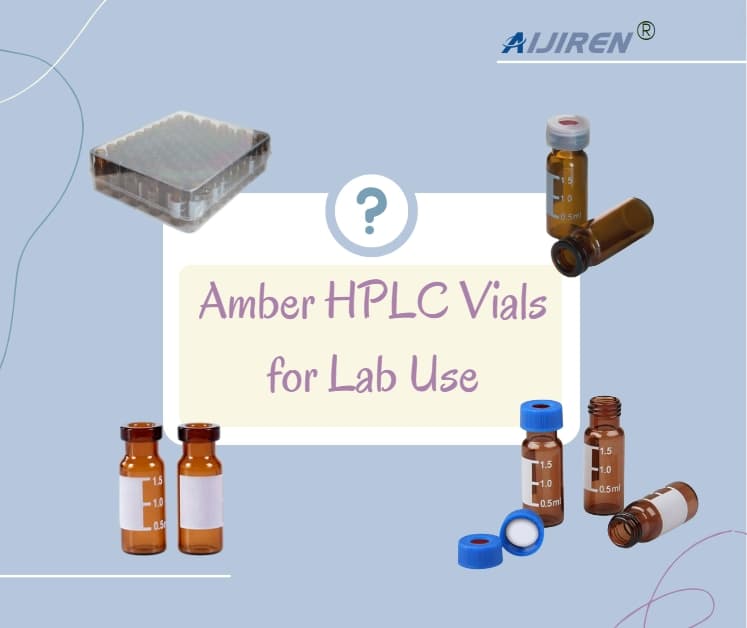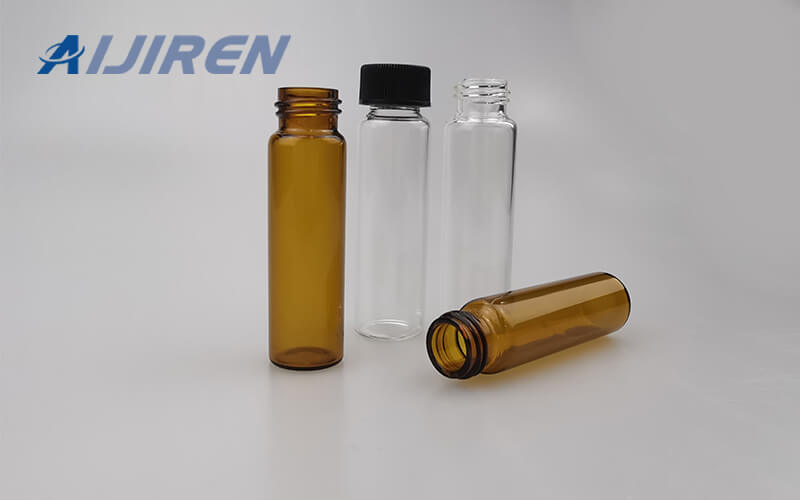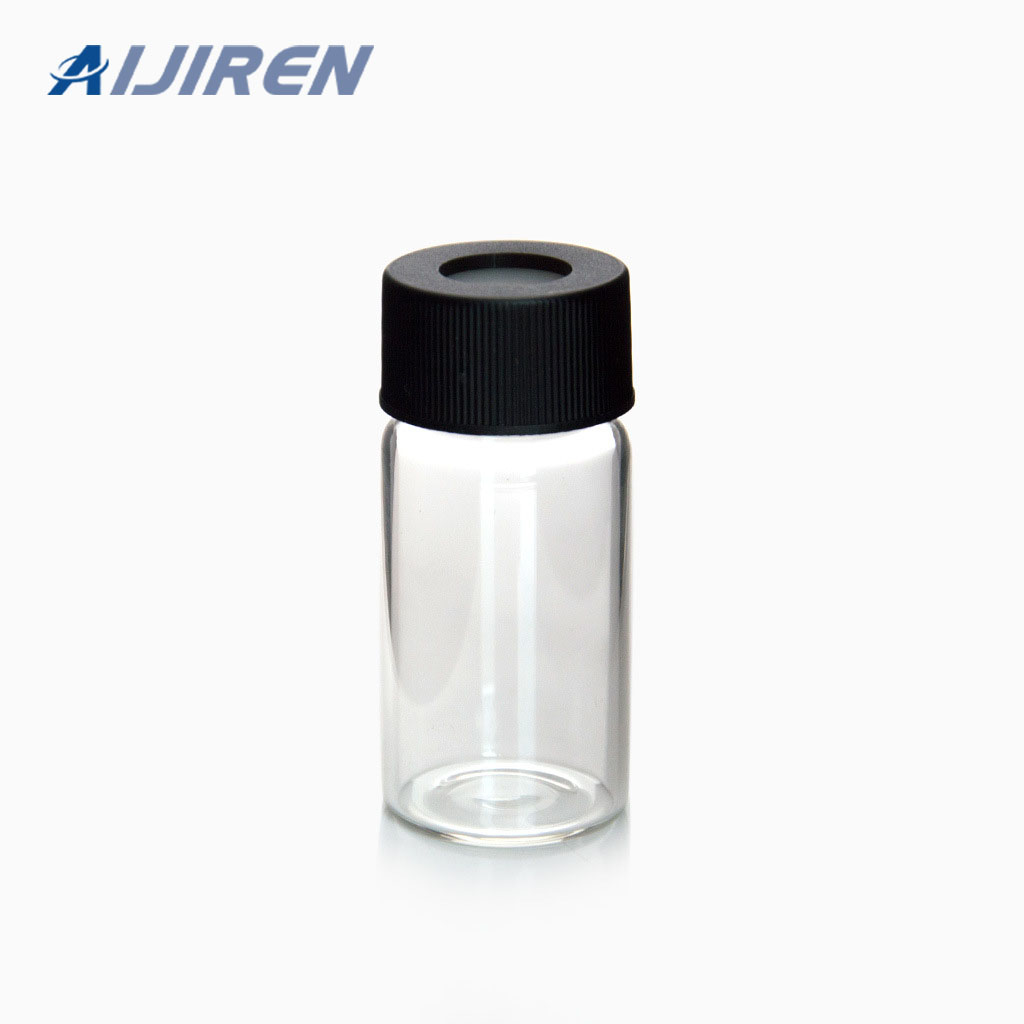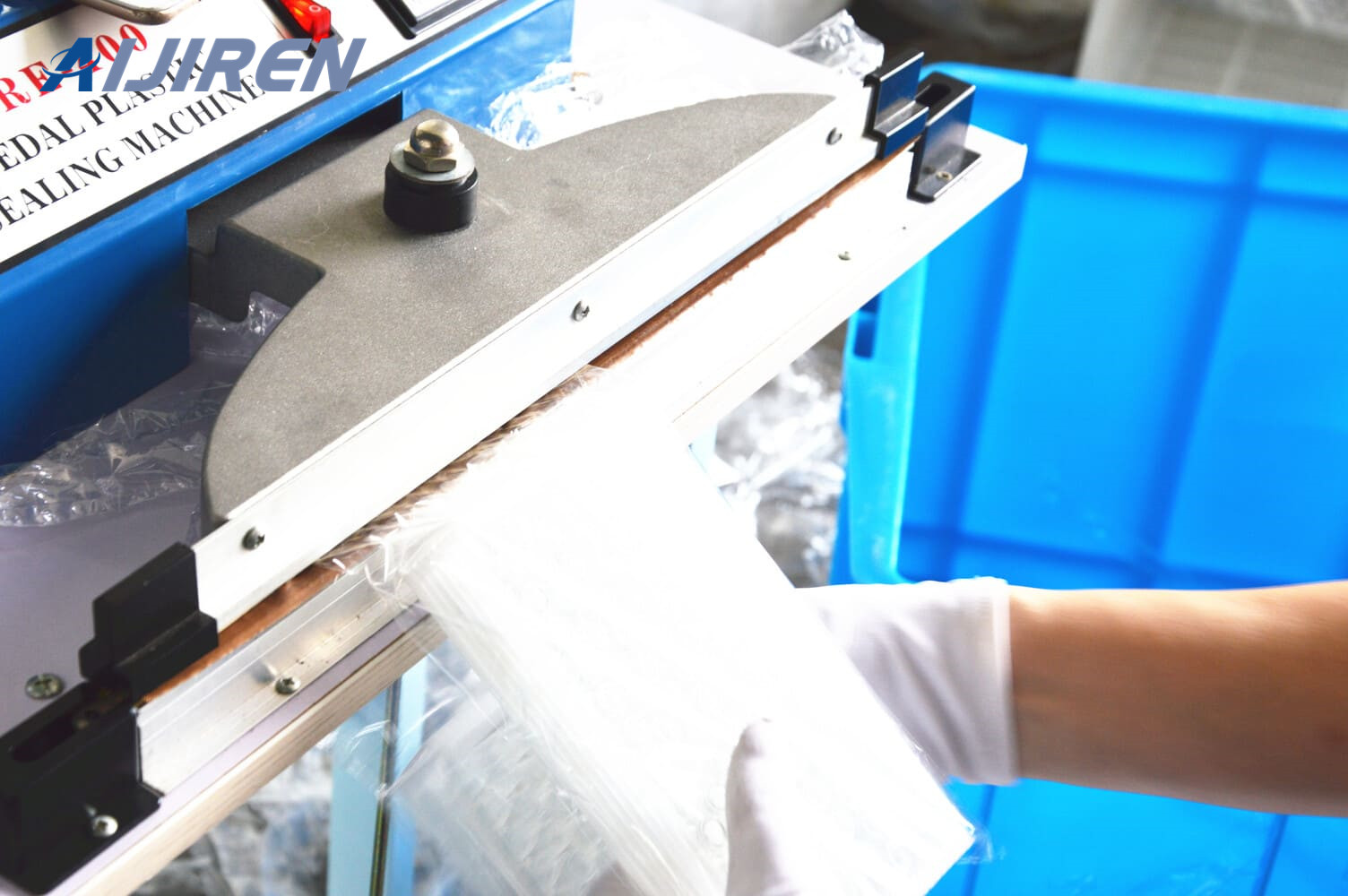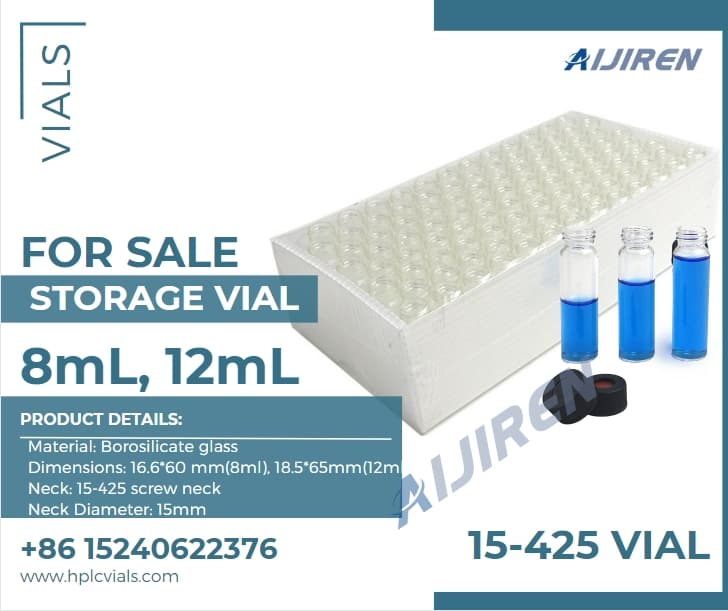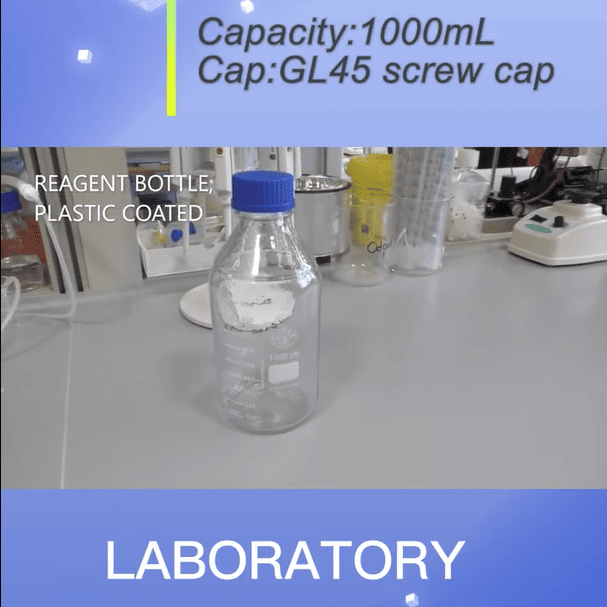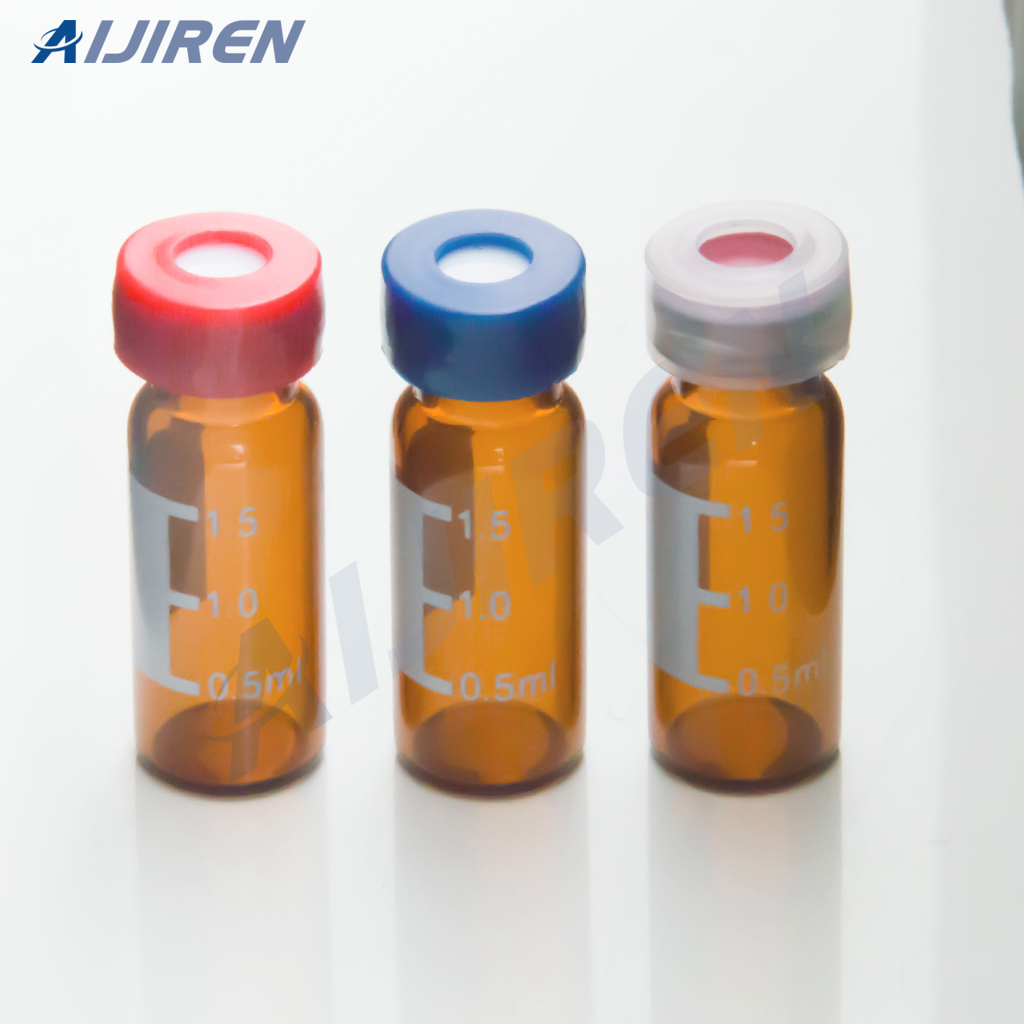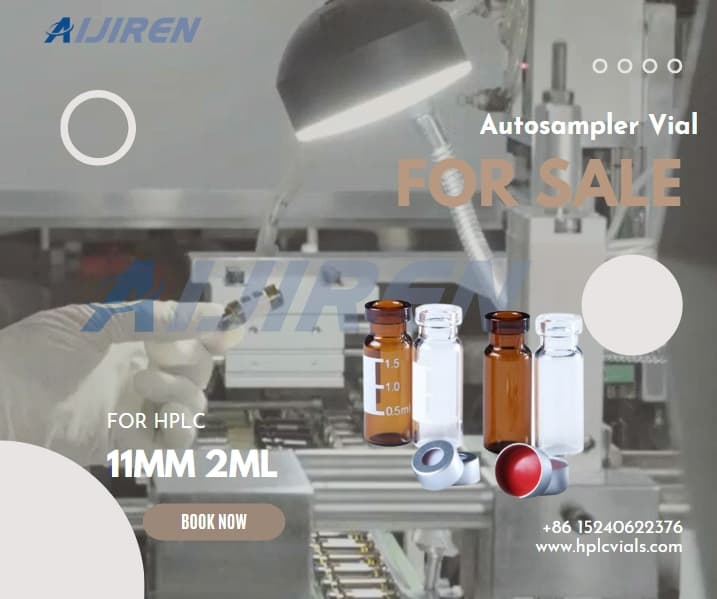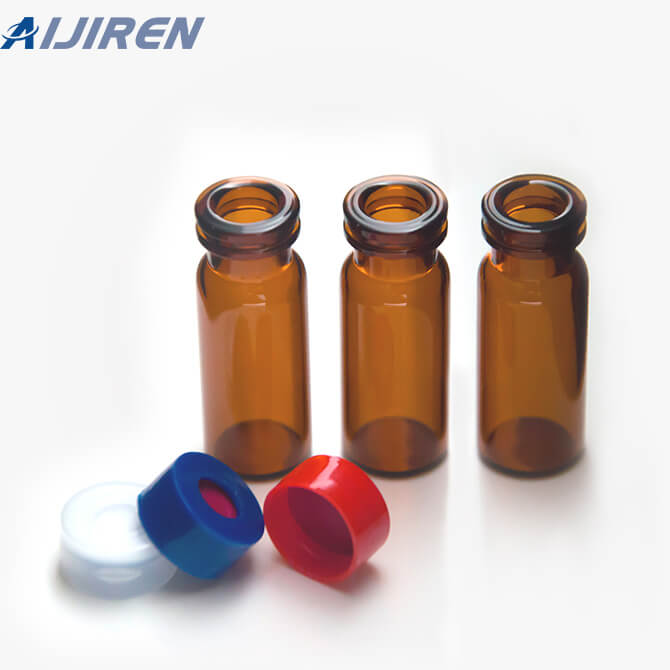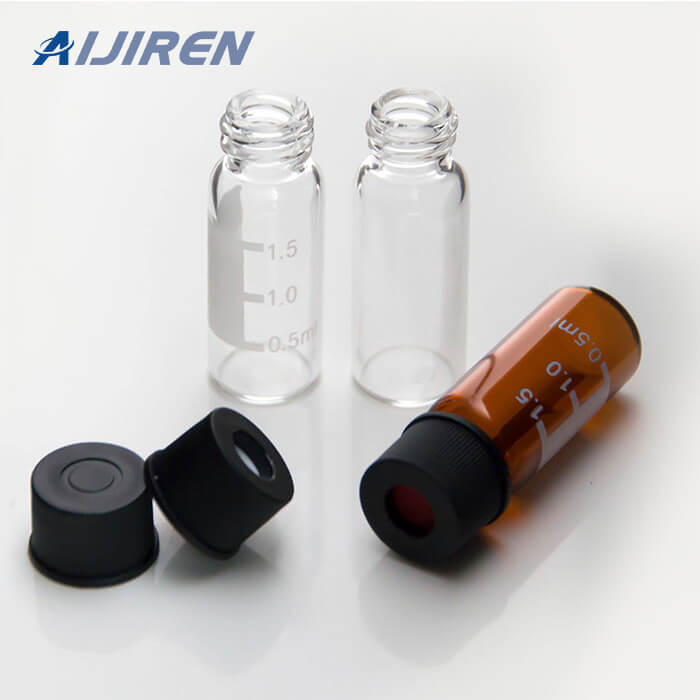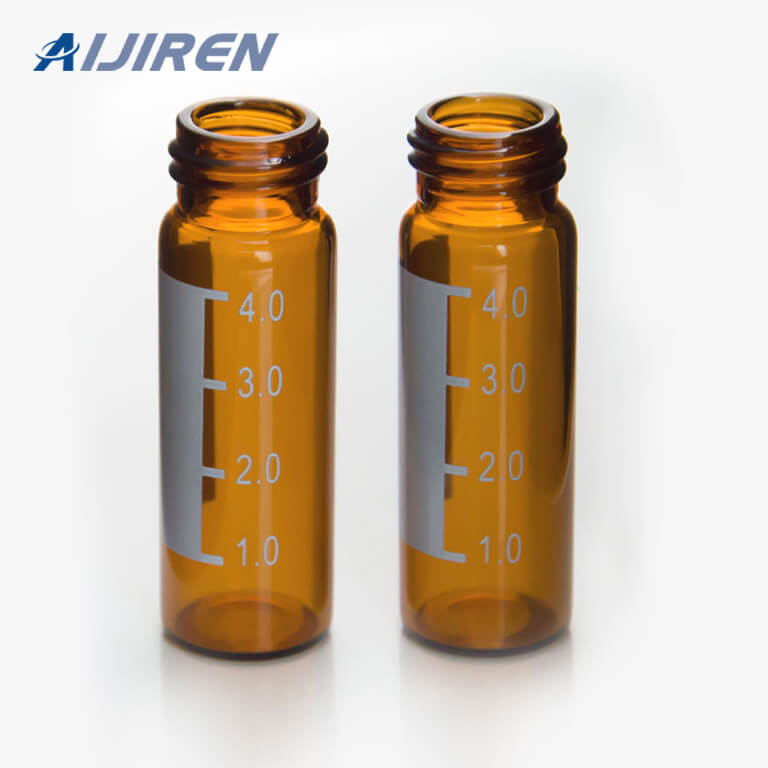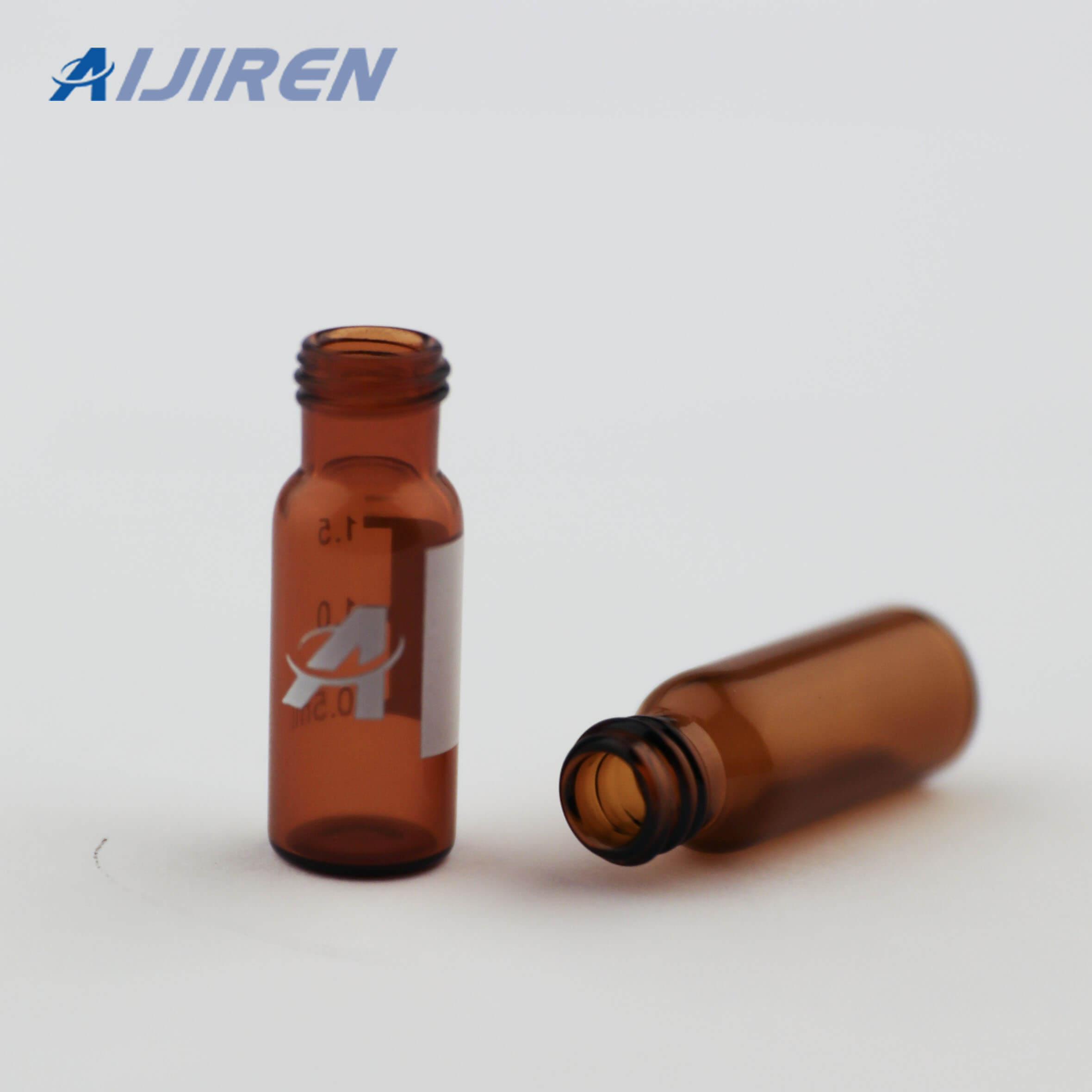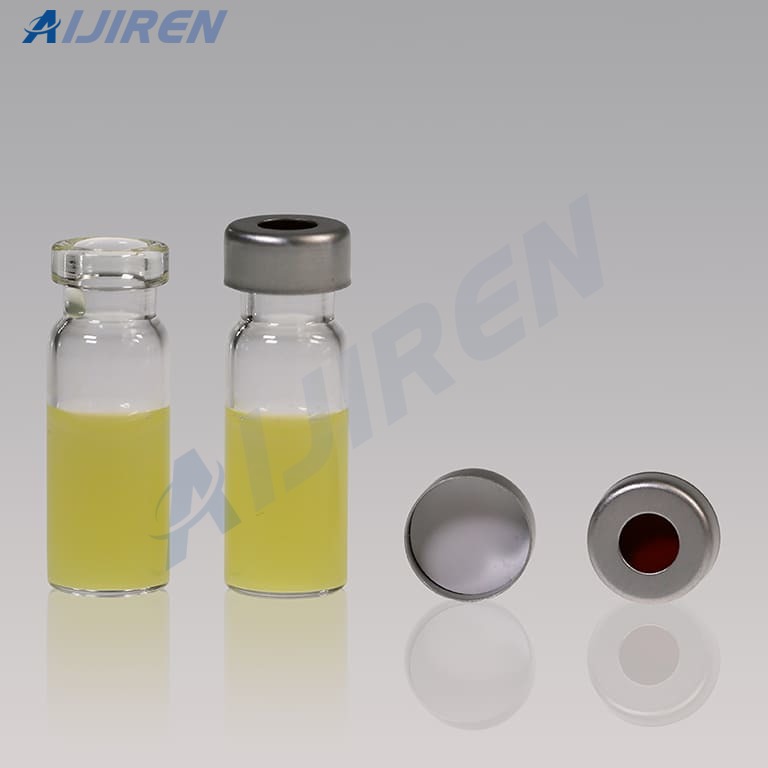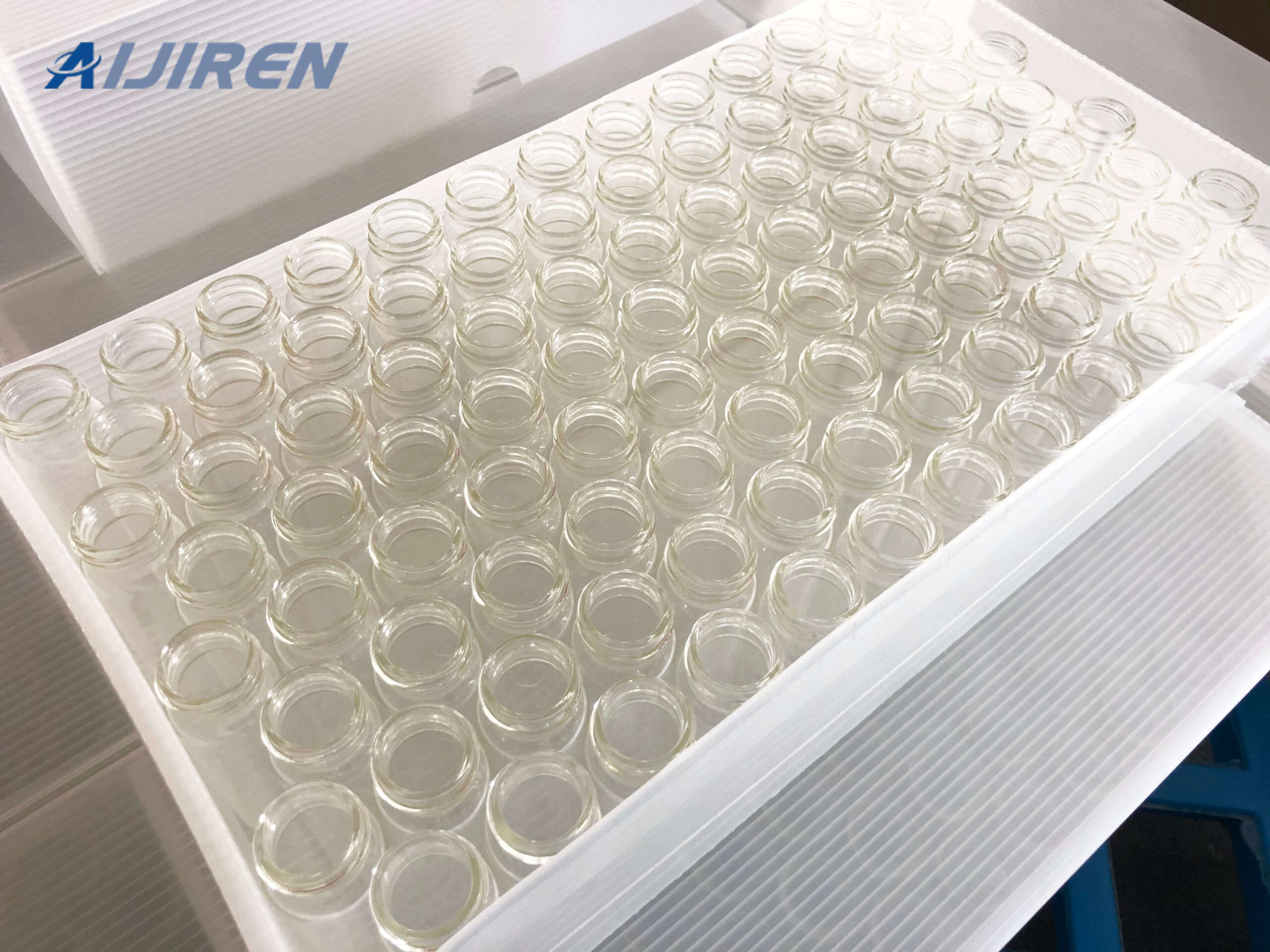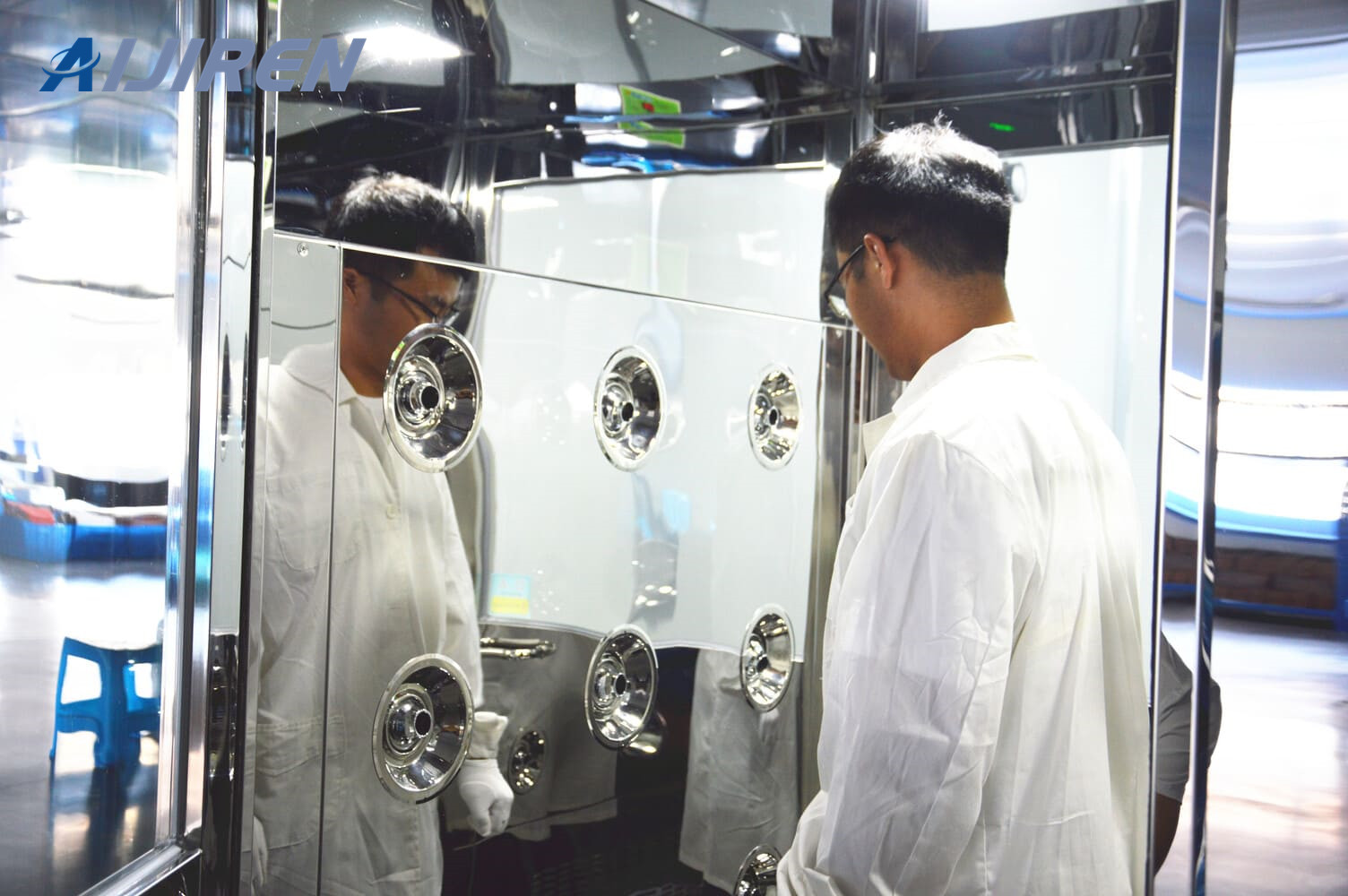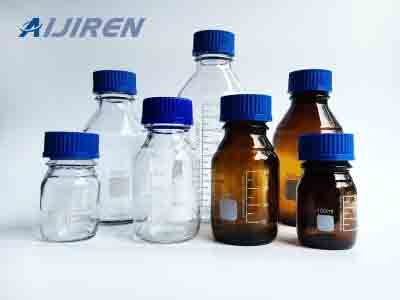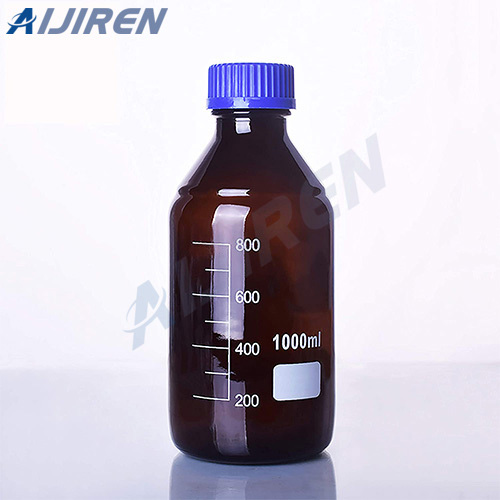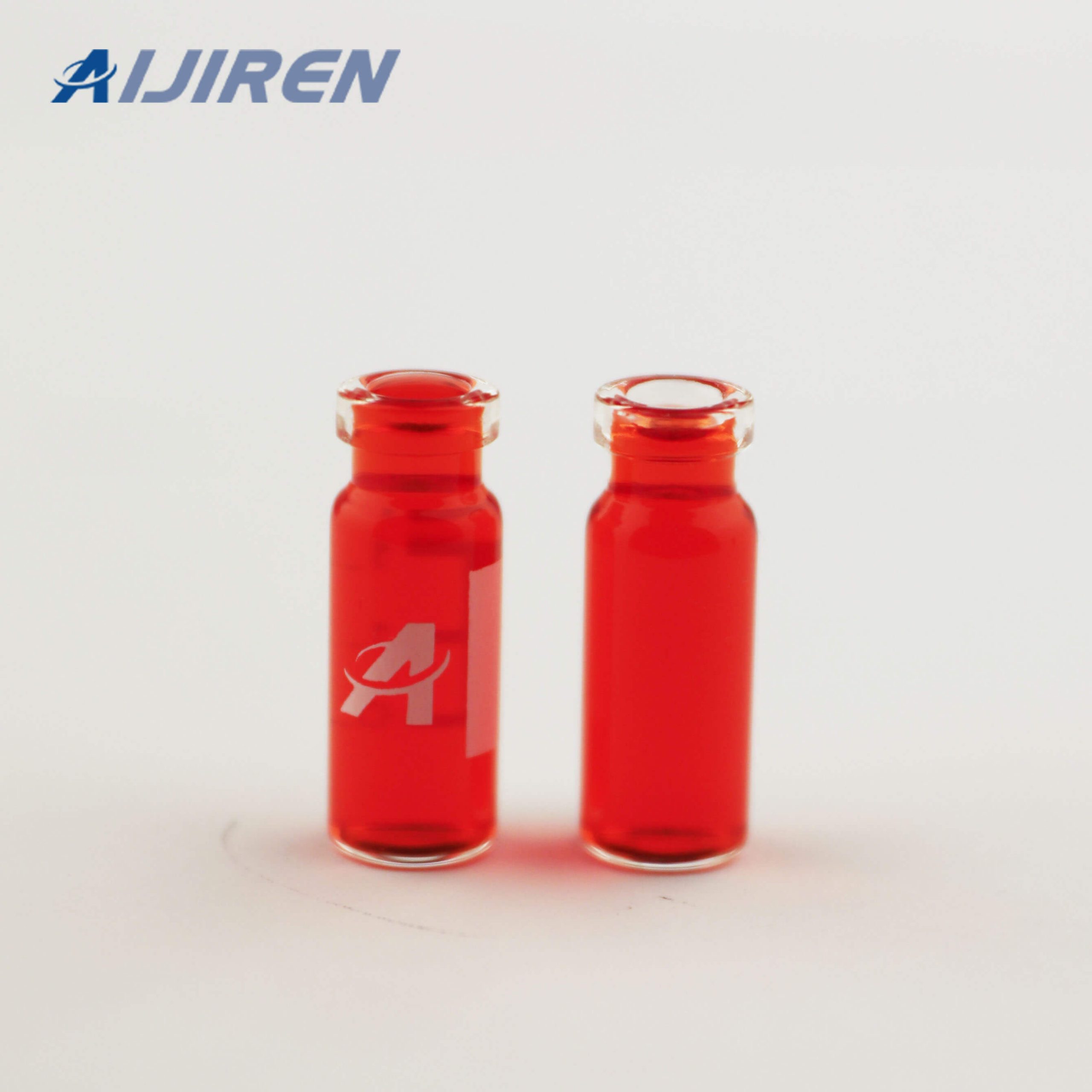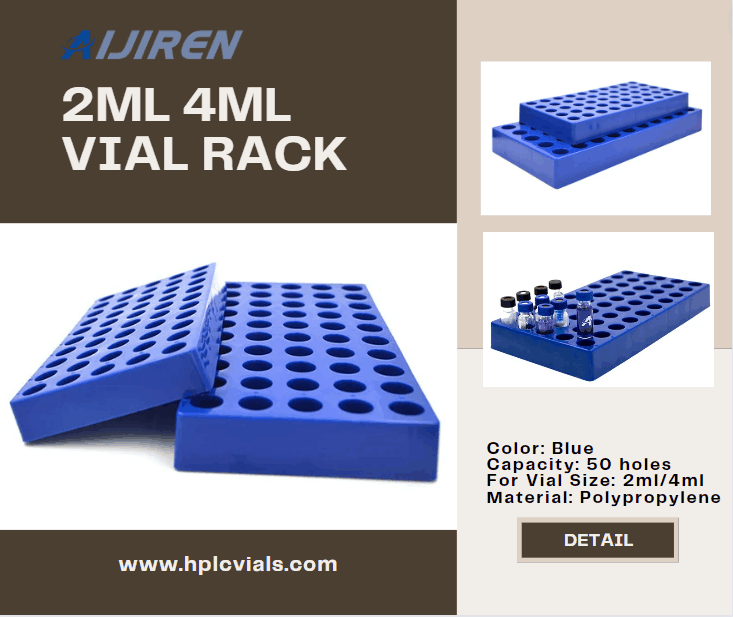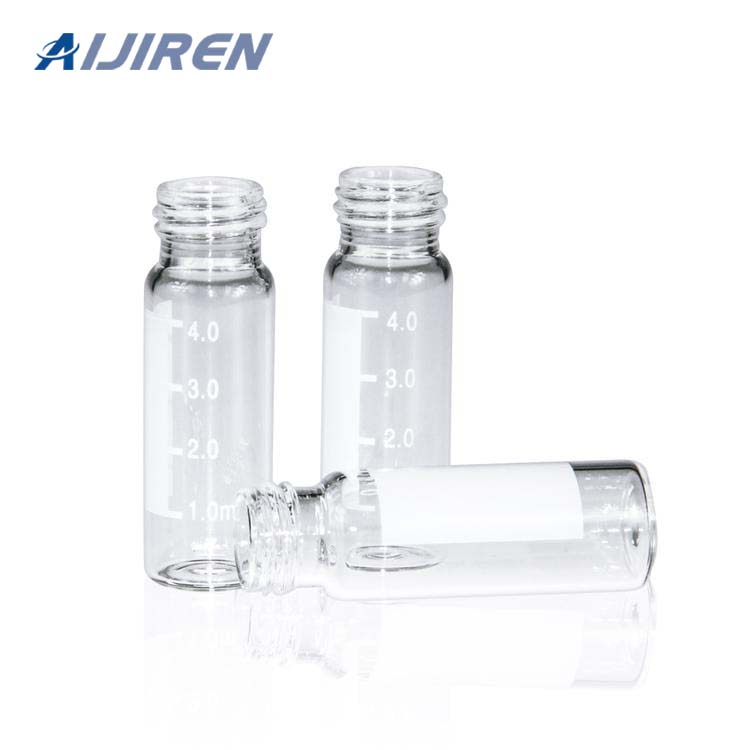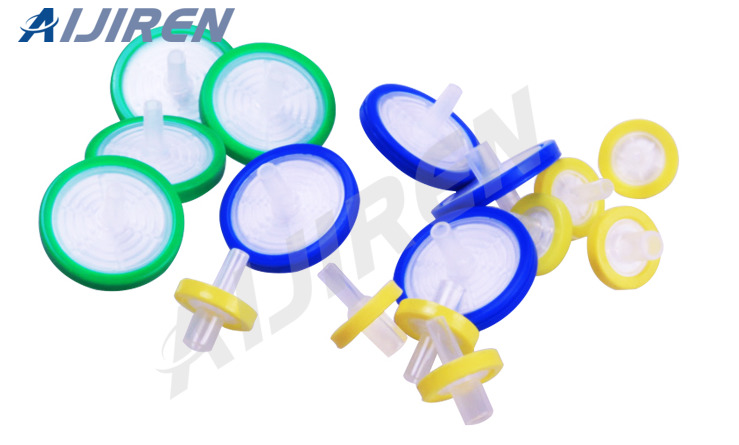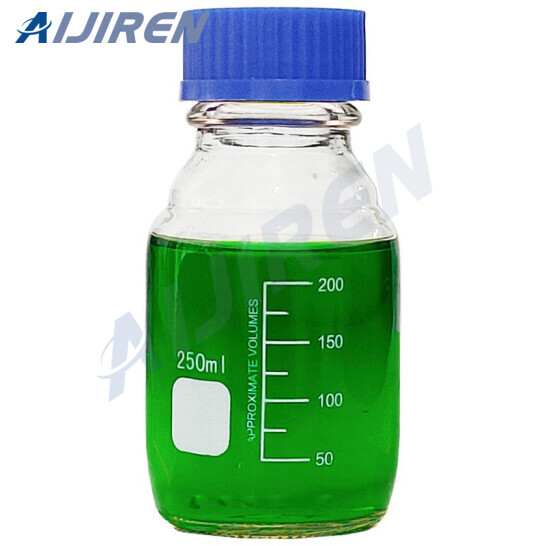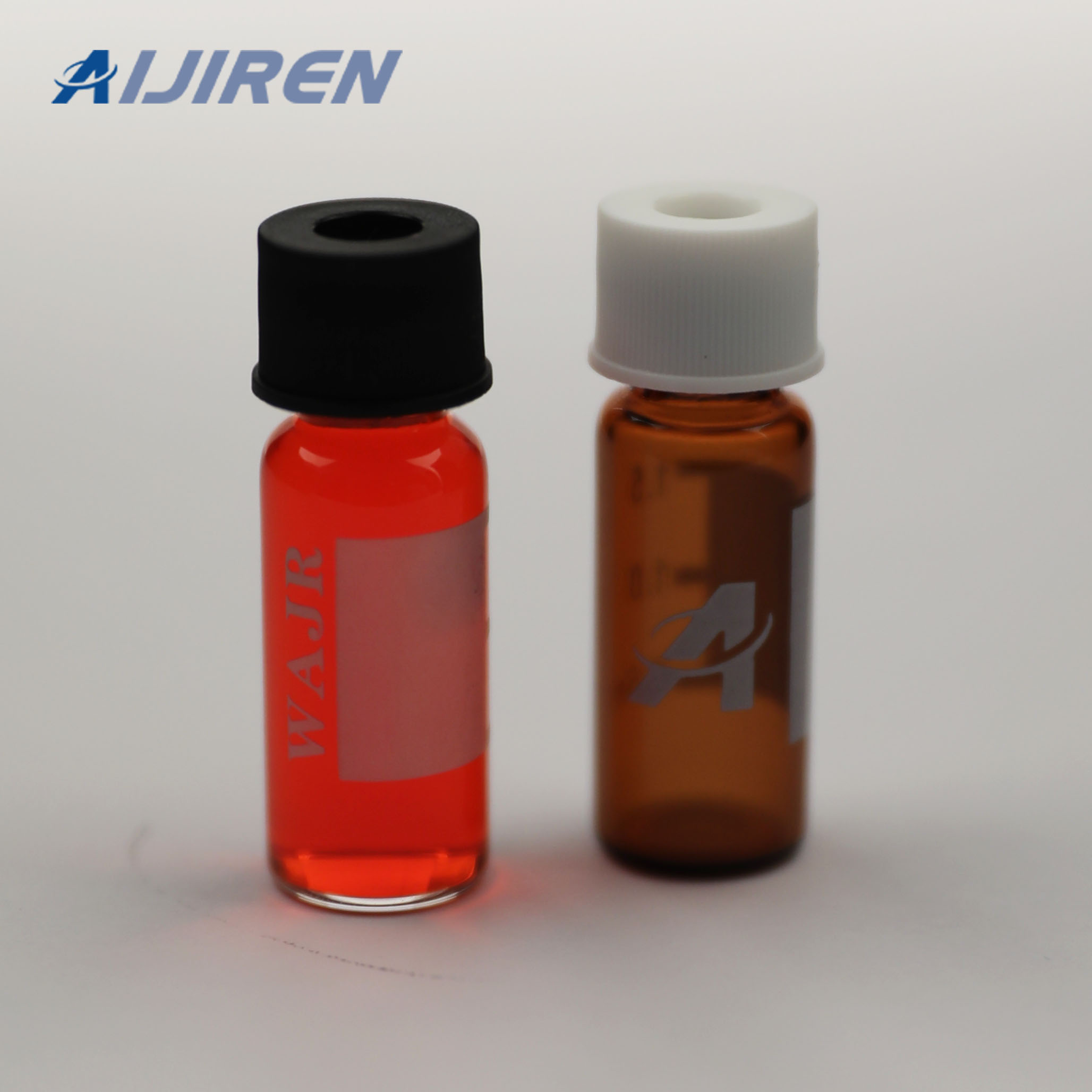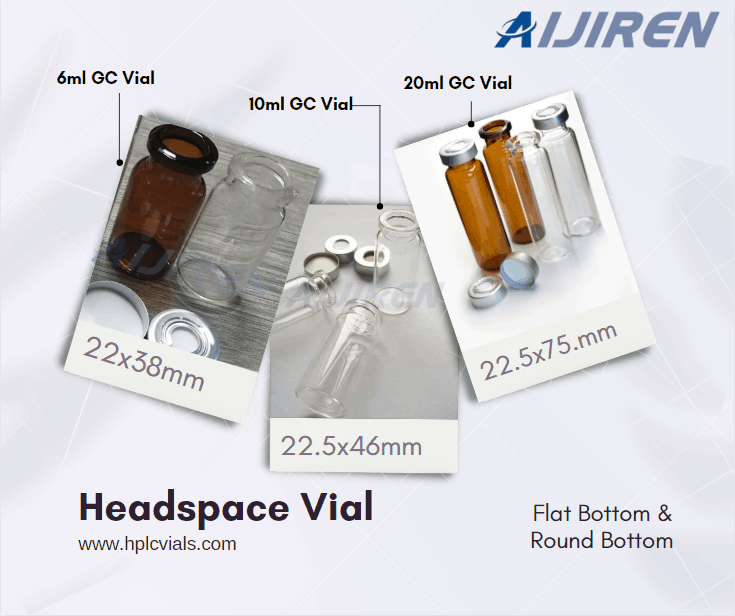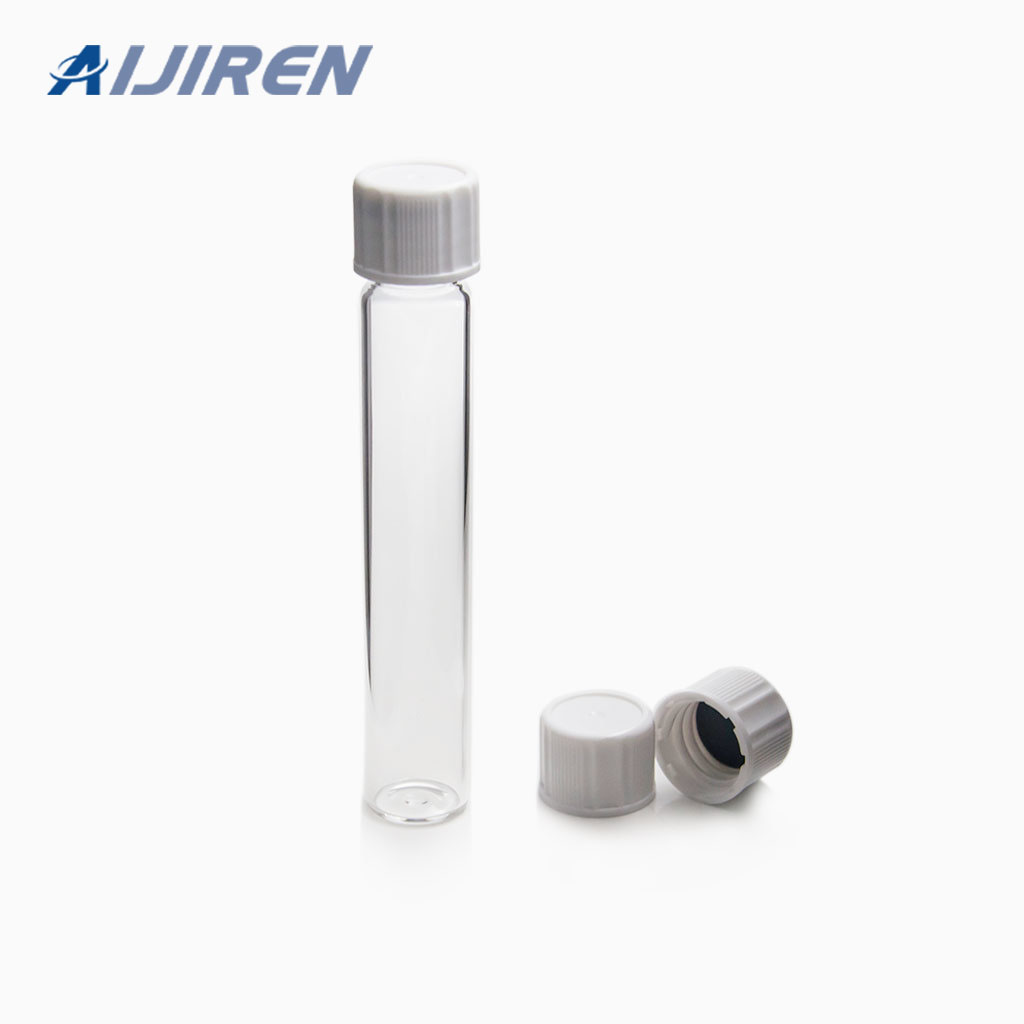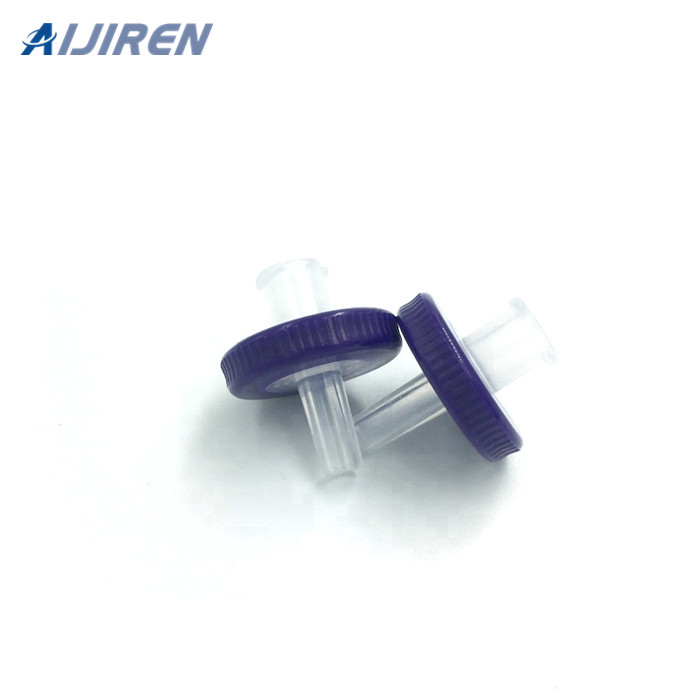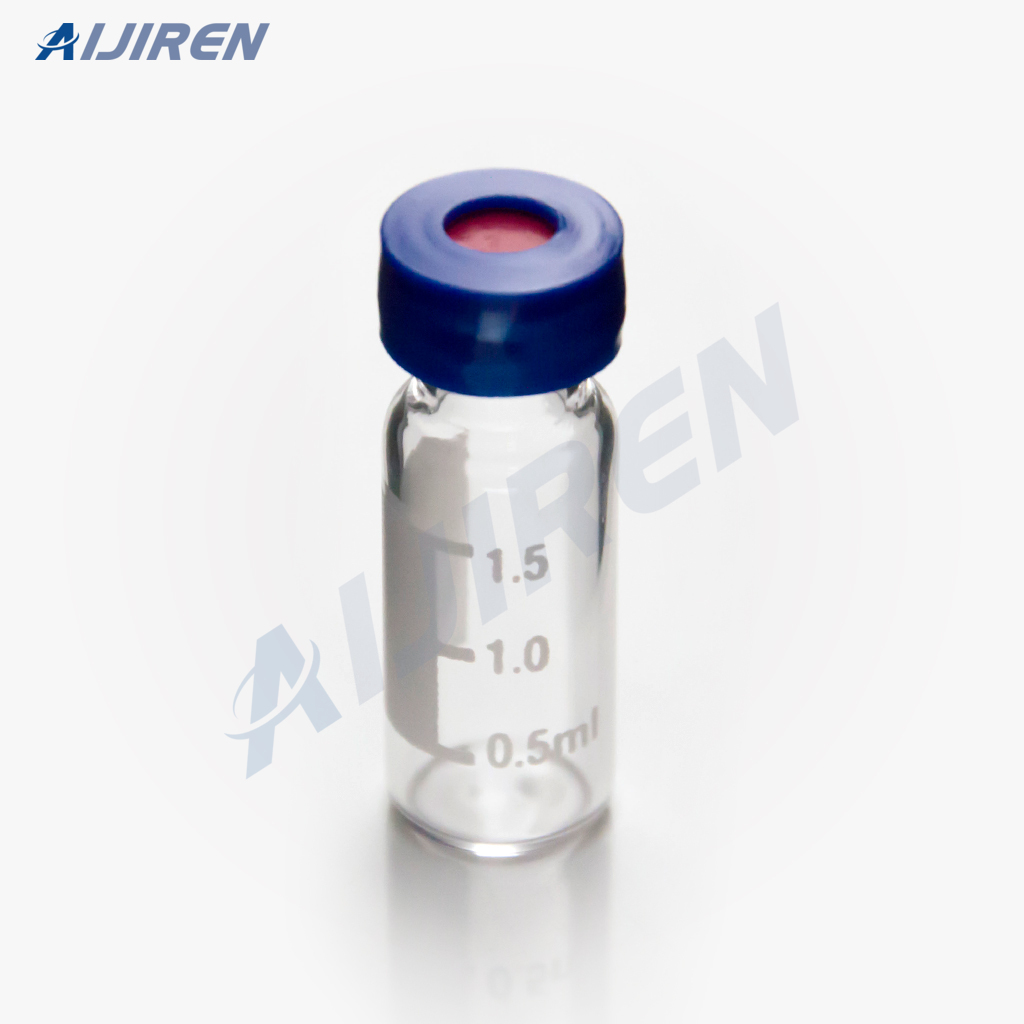Home » Products » 2ml Amber HPLC Vials for Supply
2ml Amber HPLC Vials for Supply
Types of Amber HPLC Vials
Amber HPLC vials come in various types, each designed for specific applications and requirements. Here are the most common types:
Screw-Thread Vials: These vials have a t...
Contact US
Get Price
Share:
Content
Types of Amber HPLC Vials
Amber HPLC vials come in various types, each designed for specific applications and requirements. Here are the most common types:- Screw-Thread Vials: These vials have a threaded neck that allows for easy sealing with a screw cap. They are commonly used due to their convenience and ease of use. Screw-thread vials come in different sizes, typically 1.5 mL and 2 mL.
- Crimp-Top Vials: These vials require a crimp cap to seal. They provide a very secure seal and are often used in applications where sample integrity is critical. Crimp-top vials are commonly used in pharmaceutical and environmental testing.
- Snap-Top Vials: These vials have a snap-cap that provides a quick and easy seal. They are suitable for high-throughput analysis where speed and convenience are important.
- Vial Inserts: For low-volume samples, inserts can be placed inside standard vials to reduce the volume and improve sample recovery. Amber inserts are available to provide light protection for small sample volumes.
Considerations for Choosing Amber HPLC Vials
Choosing the right amber HPLC vial is crucial for ensuring accurate and reliable results. Here are some key considerations:- Sample Volume: Consider the volume of your sample and choose a vial that accommodates it. Standard HPLC vials are typically 1.5 mL or 2 mL, but smaller or larger volumes are available.
- Type of Analysis: The type of HPLC analysis you are performing may dictate the type of vial you need. For example, crimp-top vials provide a very secure seal and are ideal for sensitive analyses.
- Autosampler Compatibility: Ensure that the vials you choose are compatible with your HPLC autosampler. Most autosamplers are designed to work with standard vial sizes and types, but it’s always best to check.
- Light Sensitivity: If your samples are sensitive to light, amber vials are essential. They provide the necessary protection to prevent photodegradation.
- Chemical Compatibility: Make sure the vial material is compatible with your sample. Amber glass is chemically resistant, but it’s always good to verify compatibility with your specific sample.
Inquiry
More Products

